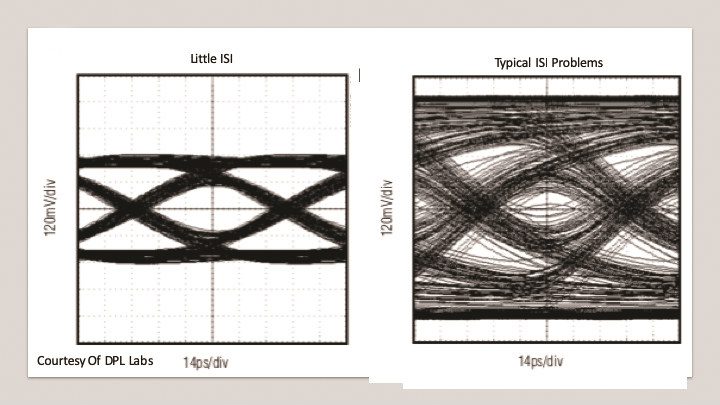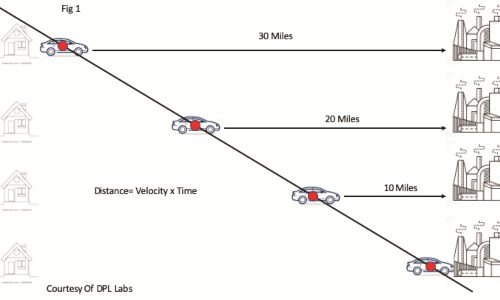It’s January 2020 and the third anniversary of HDMI Rev 2.1. So is there reason to celebrate? We are still, at the time of this writing, waiting for a published cable Compliance Test Specification.
A wide assortment of cable products, of course, are on the shelves either labeled as Rev 2.1, rated at 8K, marked as 48Gbps, designated “Ultra” alluding to its Rev 2.1 capability, or claiming all of these. However, these acts by product makers can come back to haunt integrators and users.
For now, all is good — who’s is going to question it since the new extended 48Gbps offering won’t be realized for quite some time? Just kick that can down the road and fix it then. Well … remember when Rev 2.0 was released? All the talk, all the hype and Rev 2.0 products entered the supply chain and were still operating at 10Gbps while not much 18Gbps content arrived until HDR made its big debut many months later. Then, as real 4K 18Gbps was offered by source products like Blu-rays and media systems, the phone calls started coming in with system failures. Is this a repeat?
There must be a reason why these early producers feel comfortable in supporting their claims. It seems to go back to an HDMI Corner about a self-test process manufacturers are making via limited frequency domain testing instead of time domain testing used specifically for our high-speed digital signaling. Why are they promoting these basic tests, like S parameters, which are frequency versus amplitude and phase responses, and other frequency-dependent practices while staying far away from true time domain test results?
We think the reason this low-end approach is being used is the same as why the Compliance Test Specifications have not been released. They have not agreed upon the time domain side of the test equation, yet they are fine with the frequency side. What other reason not to? All the equipment is in place. We have ours and I’m sure other reputable testing agencies do as well.
The most accurate way to measure any high-speed digital signal is in the time domain. We live in a time domain world — everything we do is time-related, but not necessarily frequency related. Fig. 1 provides a simple but crude example of this. Pretend you are in a vehicle leaving for a 30-mile trip, and for this example’s sake the speed limit is 10 mph. Let’s also assume the road you are on is perfectly straight. If you’re maintaining that speed limit it will take three hours to get to your destination.
But the example doesn’t tell us anything about the vehicle’s condition over the three-hour period. If we look at this in time domain, we examine the condition at each one-hour interval in a different dimension, which can be plotted in a time domain curve. This provides far more accurate data about the vehicle’s performance over the time period.

The point is, taking this same time domain approach and using it with high-speed digital signals opens a huge dynamic of performance data that could not otherwise have been identified. Yes, there are some spectral analysis tests that can provide good information in the frequency domain pertaining to noise, but nothing compared to time domain.
Eye Patterns for example, are in time domain. Fig. 2 demonstrates what a perfect Eye Pattern would look like versus one with tons of ISI (inner symbol interference). This distortion is just one of many poisons that can influence any high-speed digital signal. And like jitter, rise time, deviation, etc., it would not have been caught in a frequency domain analysis. For now you may be better off sticking with Rev 2.0 products







